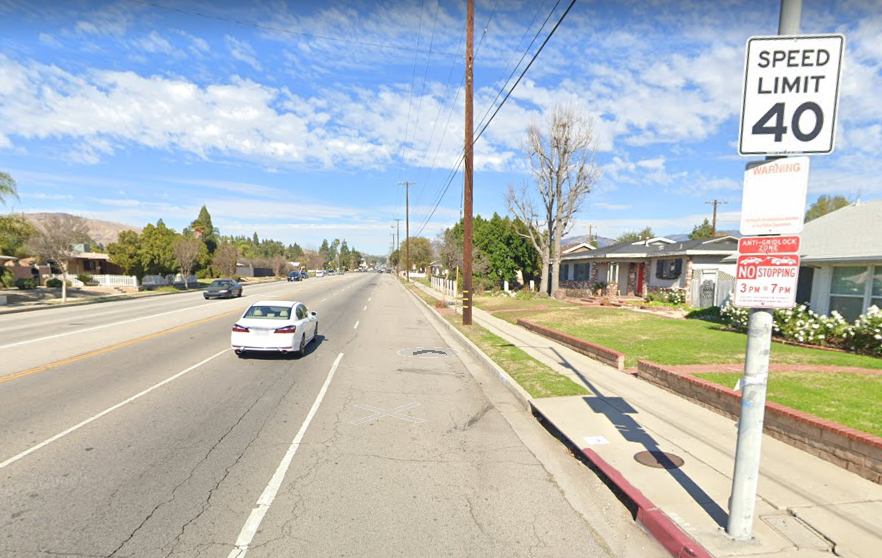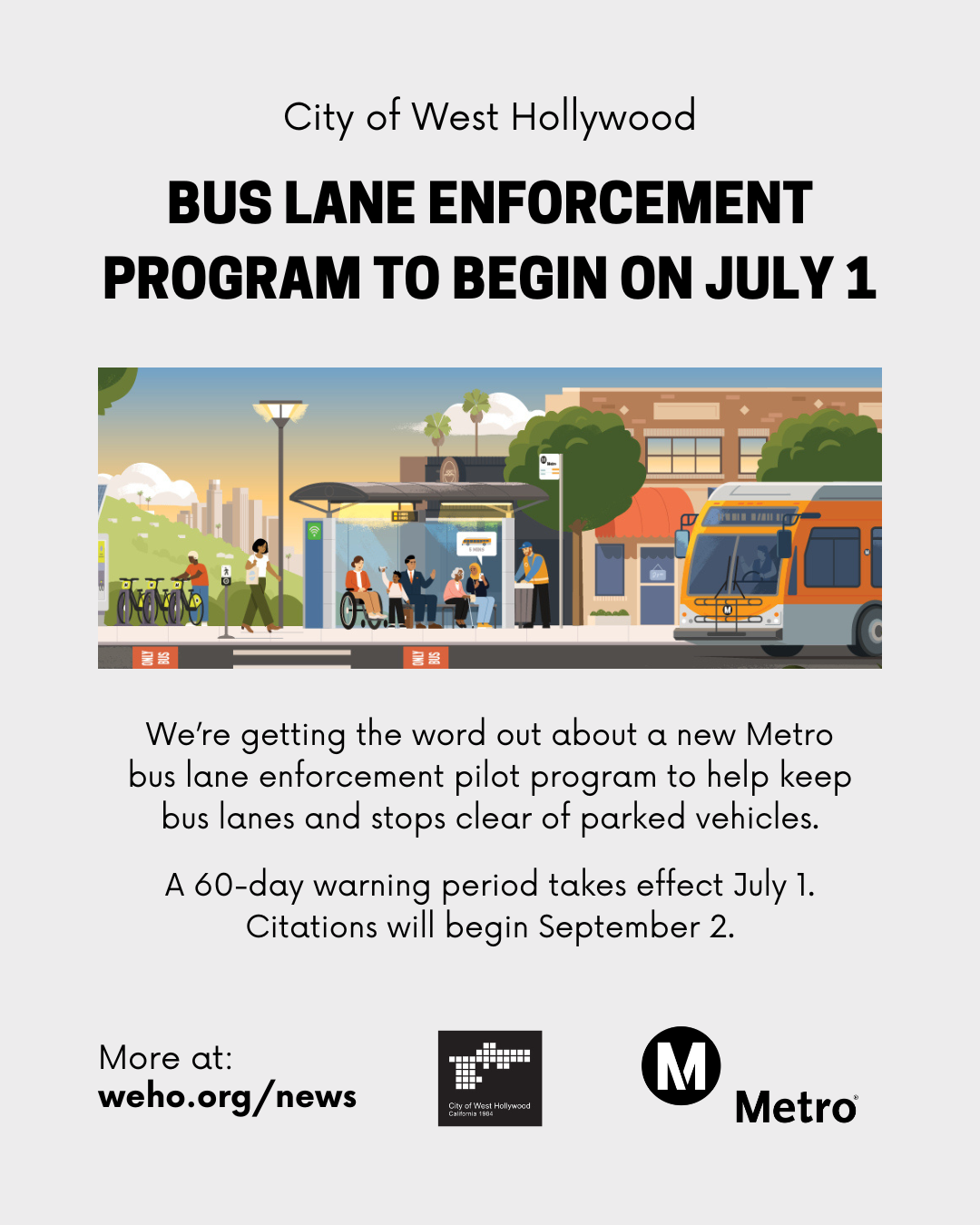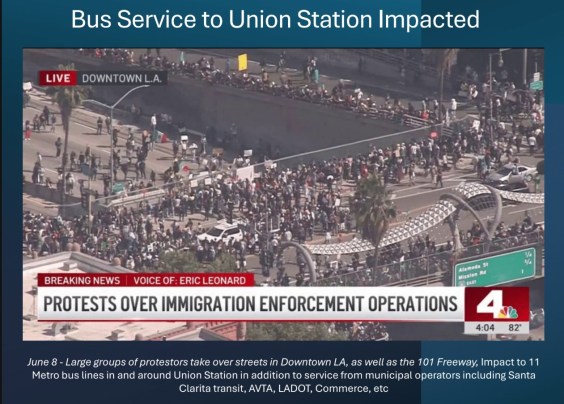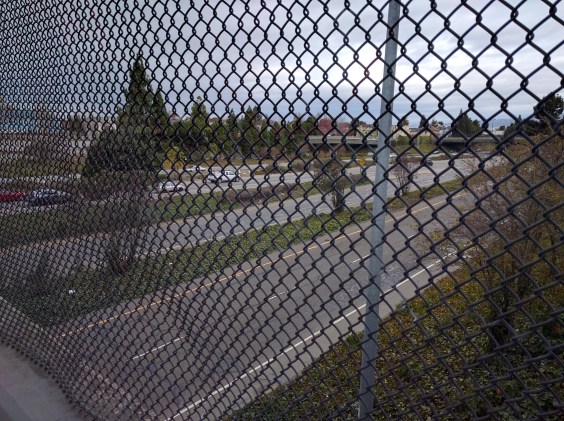Earlier this summer, the Governors Highway Safety Association reported that traffic violence is a chronic public health crisis nationwide in minority communities where people of color are disproportionately the victims of severe and fatal traffic crashes ***. This is only the latest report to confirm that a history of structural racism in urban and transportation planning has placed most of our country’s most dangerous, high-speed roads in or around low-income, immigrant, communities of Black, Indigenous, and People of Color (BIPOC). In California, where nearly 4,000 deaths and over 12,000 severe injuries are caused from crashes every year, this means thousands of Black and Brown lives are lost to preventable traffic violence.
In any crash, the difference between injury and death is speed. Speeding cars pose a disproportionate risk to people walking, bicycling, and using public transit, and a majority of transit dependent people come from low-income communities of color. Unlike vehicle passengers, people outside of cars are not protected by airbags and seat belts. Speeding cars also hurt the quality of life of communities, creating noise and property damage when they crash into other vehicles, homes, businesses, and infrastructure.
Despite the overwhelming issues that speeding causes in communities, we currently let the fastest, most reckless drivers set our speed limits in California. Known as the “85th percentile rule,” speed limits are determined by the speed that 85 percent of drivers are moving on a clear day, not by what is safest on a given road. If enough drivers are going above the speed limit, the law says the limit must be increased. This perverse system has resulted in the unfortunate trend of ever-higher speed limits in cities across the state.
The 85th percentile rule limits the tools cities can use to combat speeding. Speed humps, for example, can only be built if a street has a posted speed limit of less than 30 miles per hour. But the current process rewards those that travel fastest, so cities are often prevented from using this tool on corridors that need them. We cannot fully design for and support thriving communities with safe streets when cities are caught in this catch-22.
This broken system, which prioritizes speed above all else, does not support any of California's environmental, safety, equity, or transportation policy goals. Worst of all, it is costing us Black and Brown lives.
This is why we need Assembly Bill 43, authored by Assembly member Laura Friedman.
This bill, if signed into law, would reform the way speed limits are set by empowering cities to prioritize safety and protect the most vulnerable among us. Setting safer speed limits will make it easier to re-engineer streets and further improve safety for everybody. Cities that aren’t subjected to 85th percentile laws - including Boston, Seattle, Toronto, and Portland - significantly reduced high-end speeding and collisions simply by posting lower speed limits.
Any effort to prevent or reduce speeding on our streets is also an effort to improve racial justice and equity in communities of color that disproportionately suffer the impacts of California’s speeding epidemic. A.B. 43 will allow cities in California to protect their most vulnerable residents from the dangers of speeding cars and is a promising and necessary step on the road to a safer and more just streetscape.
Caro Jauregui is Co-Executive Director of California Walks.






